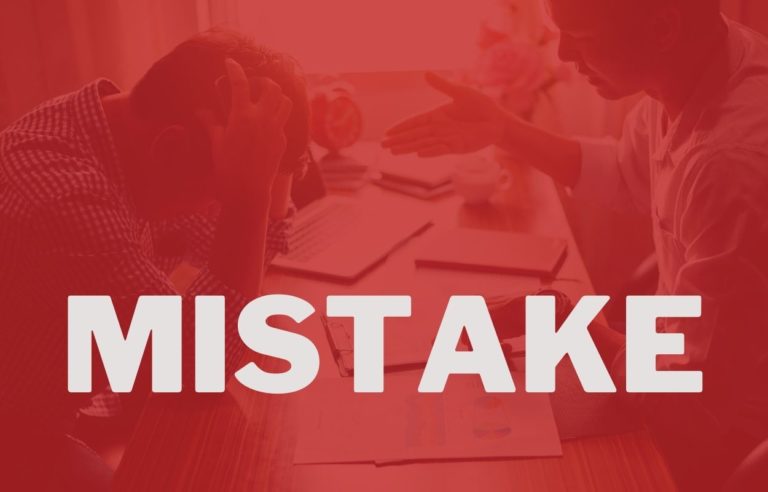
Good copywriters can use words to influence people, guide them towards a decision and even change the way they think about certain subjects. But copywriters aren’t making many sales because they don’t know how to align copy.
Copy with a proven marketing system that attracts leads, sells more products and services while increasing profit in every business using it.
Well, copywriters might not have copy that works without using a proven marketing system but there is one copywriting secret that can help you sell more.
Skate to where the puck is going
It’s Wayne Gretzky’s secret and he stated: “I skate to where the puck is going to be, not where it has been.” In copywriting terms, this means: “Write about what your customers are interested in and will be interested in” not “what they were interested in yesterday.”
There is an underlying assumption contained in this quote: you can predict the outcome, based on other signals. If you know your readers/customers, you will know where they are in the ‘buying proces’ and where they will be in that proces later on.
It starts with knowing who your copy’s target audience is. You need to know where they are in their buying process, including everything from what annoys them right now to what will attract and appeal to them later on in the future.
In a copywriting context, understanding exactly where your copy’s readers are and can be at any given time in the future is critical because it allows you to create copy that resonates with their needs and desires now as well as in the future. It also ensures that you produce copy that sells now and into the foreseeable future.
This copywriting secret comes straight from the world of marketing but it doesn’t stop there. You can apply this principle to almost every aspect of life without even changing its form or function. It works anywhere and everywhere copy is used to communicate with others.
Now, I want you to re-read the last two paragraphs again because they are important for understanding and implementing this copywriting secret.
Important:
1. Know your customers
Know where you are now Present situation: what you’re offering, who your audience is, the attitude of your target market towards a problem or issue (dislike, neutral or positive). Also known as “know your customer” research.
This information is important to know whether there’s a demand for a product/service and existing products/services in that category.
2. Conduct research
Conduct research about the probable trends of the industry. Find out what is happening globally – worldwide as well as in your niche. The copywriter doesn’t need to know everything about the trends and events, they just need to be aware of them.
The copywriter should take a look at how different copywriters have adapted copywriting best practices for their own purposes. Look through magazines that are read by customers of companies that provide products or services similar to yours – very often you will find copywriting secrets which can be applied in your case.
3. Study your competition’s copy
Study your competition’s copy closely but don’t copy it exactly!
Look at other sites and see where their “buy” buttons are located (particularly if you’re running an affiliate marketing). This copywriting secret is so simple that it’s often overlooked: do the copywriters look at where you, as a customer, will be looking at when you want to buy something?
4. Understand what motivates your customers
Know what goals they want to achieve and whether these are in line with yours. There is no copy without a goal for a copywriter – nothing but wasted words!
What promise did the copymaker make his or her readers? How can this writing accomplish this goal (or very close) – and how do they know this?
Give visitors a reason why they should follow through on an offer right now or in the near future and then tell them how they can do this.
Get copywriting examples from sites where copywriters have followed these copywriting principles to get better results, copy that you can review and adapt for your own use.
Example: “Customers want assurance (and proof!) that a product will live up to their expectations.” Take a look at copy on Amazon.com or eBay for similar products / services of yours as an example. What are copywriter’s using to give customers this assurance?
5. Identify their needs and wants
Identify the needs and wants of your copy’s target audience. These are potential customers for your products/services, so learn what they need and want from you. Search for a problem they have and present them with a solution. Make sure you make them feel better about their present situation? They would like to solve that problem or attain a specific object.
Identify your reader’s pain points
The Internet allows people to quickly change their minds and interests . In fact, a recent survey by Ericsson ConsumerLab revealed that 86% of phone users said “they used their phones to discover information about products and services” while 74% said “the mobile Web was an important source of information when shopping”.
Test different approaches and copy until you have something that works well for you
Conclusion:
If your copywriting isn’t working, try to look at where you audience is going. Perhaps you are going after the wrong target or writing about things that are not on a customer’s priority list.
You need any help on your copywriting?
If you need any copywriting help, please don’t hesitate to Contact Me.
If you like this copywriting article, please share it with your friends! Thank You for reading.






